Most Cited Articles
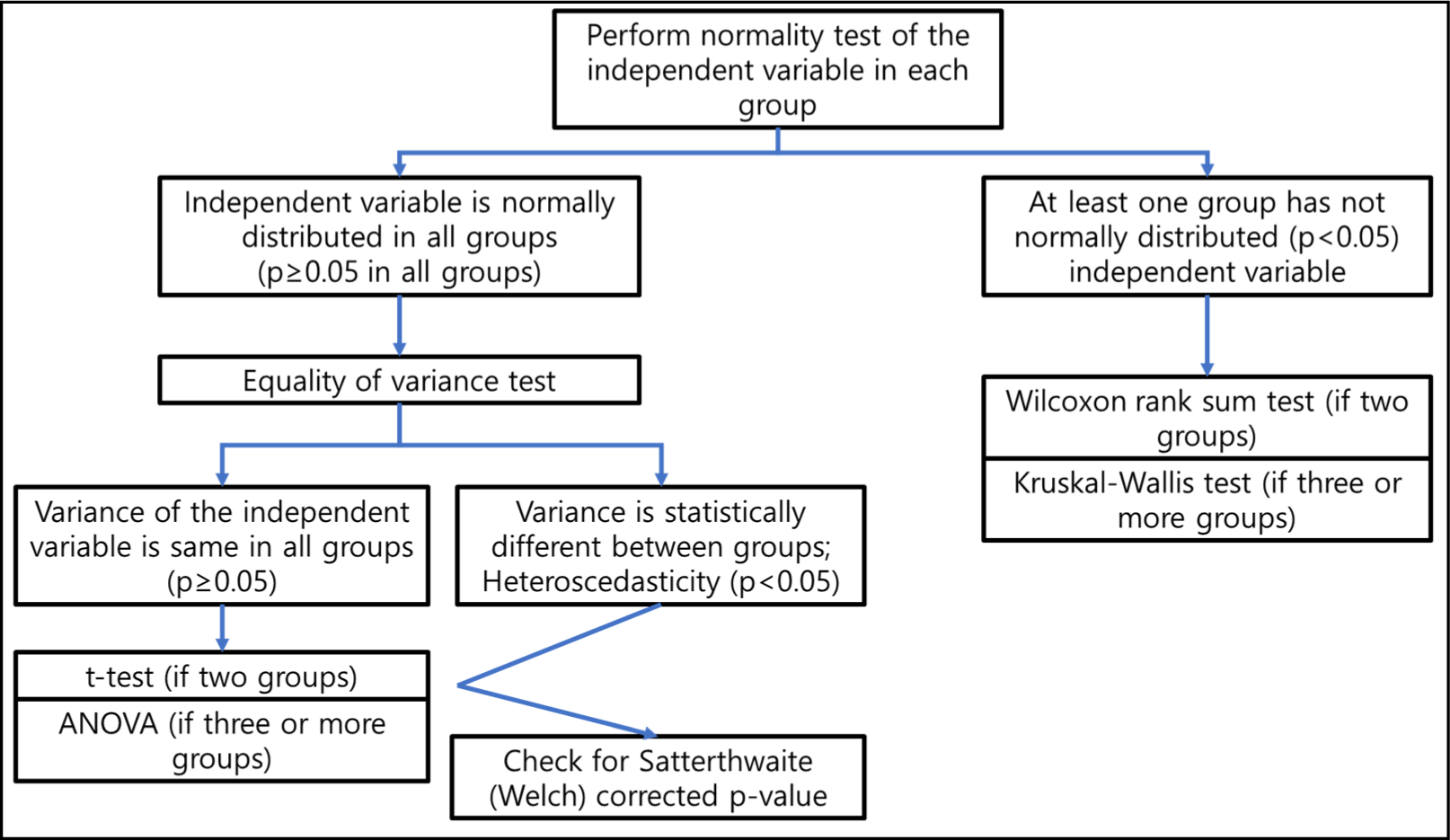
Methods for testing statistical differences between groups in medical research: statistical standard and guideline of Life Cycle Committee
HTML
PDF
PubReader
Cited by 197
Life Cycle 2022;2:e1
https://doi.org/10.54724/lc.2022.e1
https://doi.org/10.54724/lc.2022.e1
ABSTRACT
In medical research, when independent variables are categorical (i.e., dividing groups), statistical analysis is often required. This situation mostly occurs on randomized controlled trials and observational studies that have multiple patient groups. Also, when analyzing continuous independent variables in a single patient group, breakpoints can be... 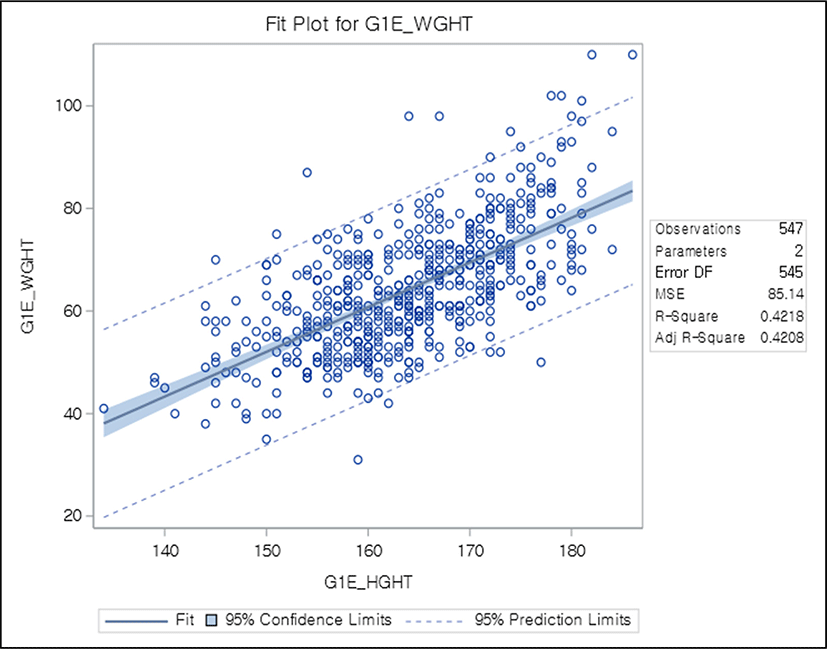
Regression analysis for continuous independent variables in medical research: statistical standard and guideline of Life Cycle Committee
HTML
PDF
PubReader
Cited by 106
Life Cycle 2022;2:e3
https://doi.org/10.54724/lc.2022.e3
https://doi.org/10.54724/lc.2022.e3
ABSTRACT
Variables measured in medicine are usually continuous, such as blood pressure, serum glucose, and drug dosage. There are statistical methods to confirm whether these variables act as independent variables that cause an outcome. Most of these methods are types of regression analysis. In this article, starting with a simple correlation coefficient, l... 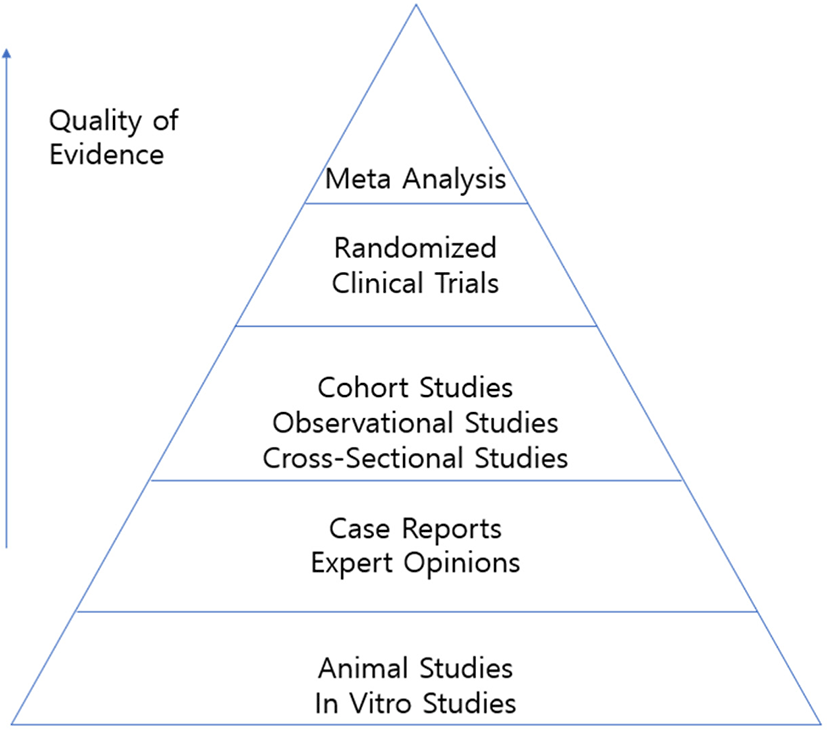
PRISMA 2020 statement and guidelines for systematic review and meta-analysis articles, and their underlying mathematics: Life Cycle Committee Recommendations
HTML
PDF
PubReader
Cited by 65
Life Cycle 2022;2:e9
https://doi.org/10.54724/lc.2022.e9
https://doi.org/10.54724/lc.2022.e9
ABSTRACT
The paper discussed the overall aspects of systematic review and meta-analysis and explored the main mathematical context of meta-analysis. This included various methods of analyzing the effect size and obtaining the average effect size depending on the variable type. In doing so, methods of obtaining effect sizes in continuous outcome variables, c... 
Global, regional, and national incidence and mortality of COVID-19 in 237 countries and territories, January 2022: a systematic analysis for World Health Organization COVID-19 Dashboard
HTML
PDF
PubReader
Cited by 36
Life Cycle 2022;2:e10
https://doi.org/10.54724/lc.2022.e10
https://doi.org/10.54724/lc.2022.e10
ABSTRACT
Objective: To estimate global, regional, and national incidences and mortality of the coronavirus disease 2019 (COVID-19) in 237 countries and territories since the outbreak of the COVID-19 pandemic to 31 January, 2022. Methods: Comprehensive estimates were produced through global, regional, and national studies of cumulative severe acute respirato... 
Propensity score matching for causal inference and reducing the confounding effects: statistical standard and guideline of Life Cycle Committee
HTML
PDF
PubReader
Cited by 31
Life Cycle 2022;2:e18
https://doi.org/10.54724/lc.2022.e18
https://doi.org/10.54724/lc.2022.e18
ABSTRACT
Since the development of research methodology, there has always been keen interest in developing the accuracy of the research by comparing covariates. Propensity score is useful when the research covers many variables which are not intended to be included as independent variables, thus allowing the removal of certain covariates from the model. This... 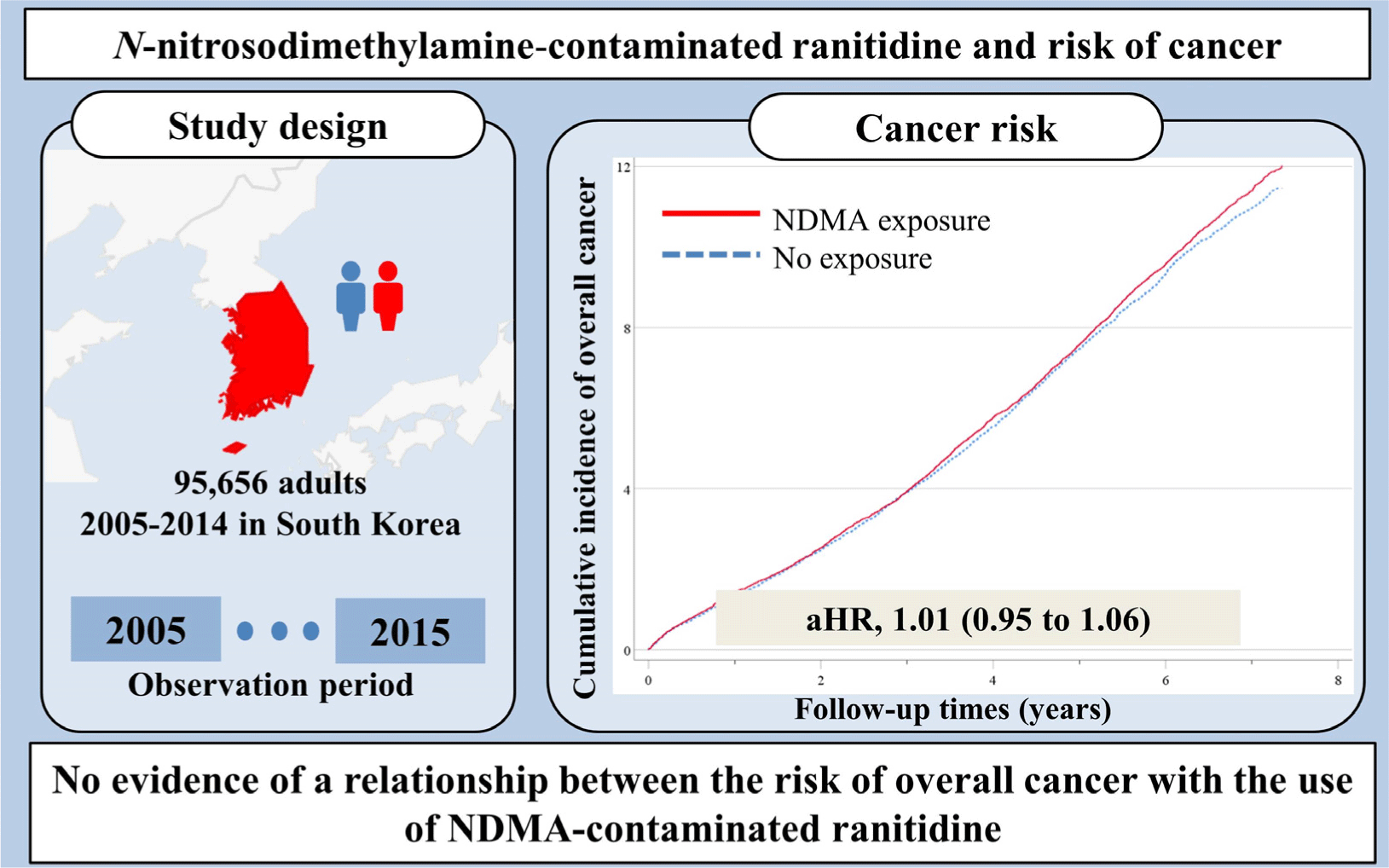
N-Nitrosodimethylamine-contaminated ranitidine and risk of cancer in South Korea: a nationwide cohort study
HTML
PDF
PubReader
Cited by 29
Life Cycle 2021;1:e1
https://doi.org/10.54724/lc.2021.e1
https://doi.org/10.54724/lc.2021.e1
ABSTRACT
Objective: On September 2019, the United States Food and Drug Administration announced that some ranitidine products were contaminated with unacceptable levels of N-nitrosodimethylamine (NDMA). We aimed to determine whether the use of ranitidine that was potentially contaminated with NDMA, rather than another histamine H2-receptor antagonist (H2 bl... 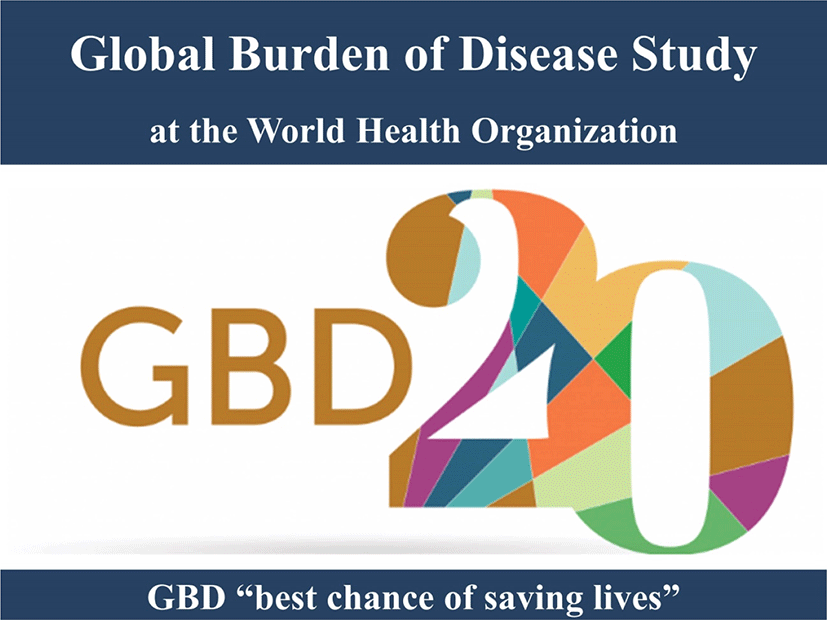
Global Burden of Disease study at the World Health Organization: research methods for the most comprehensive global study of disease and underlying health policies
HTML
PDF
PubReader
Cited by 28
Life Cycle 2022;2:e8
https://doi.org/10.54724/lc.2022.e8
https://doi.org/10.54724/lc.2022.e8
ABSTRACT
The Global Burden of Disease (GBD) is a compass that navigates researchers and clinicians in discovering the latest knowledge and the current status of health for populations and countries worldwide. The GBD helps to present various methods in evaluating health-related quality of life and assess the health burden, economic burden, years of life los... 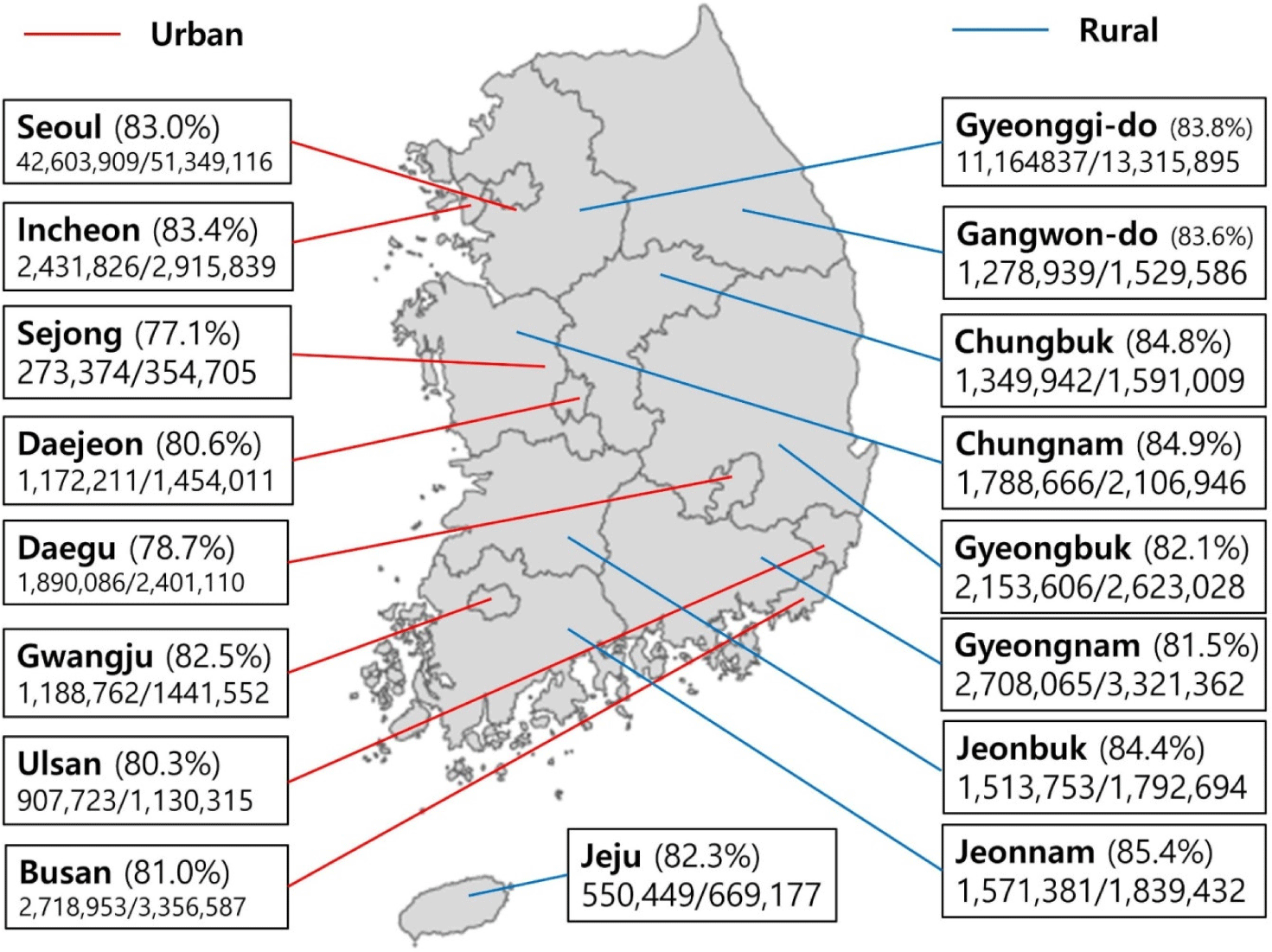
Nationwide COVID-19 vaccination coverage and COVID-19 incidence in South Korea, January 2022: a national official report
HTML
PDF
PubReader
Cited by 23
Life Cycle 2022;2:e2
https://doi.org/10.54724/lc.2022.e2
https://doi.org/10.54724/lc.2022.e2
ABSTRACT
Objective: To reduce the risk of severe acute respiratory syndrome coronavirus 2 (SARS-CoV-2) infection, severe coronavirus disease 2019 (COVID-19) illness, and COVID-19 related death, all persons in South Korea should stay up to data with recommended COVID-19 vaccinations. This study investigated the rates and effectiveness of the COVID-19 vaccina... 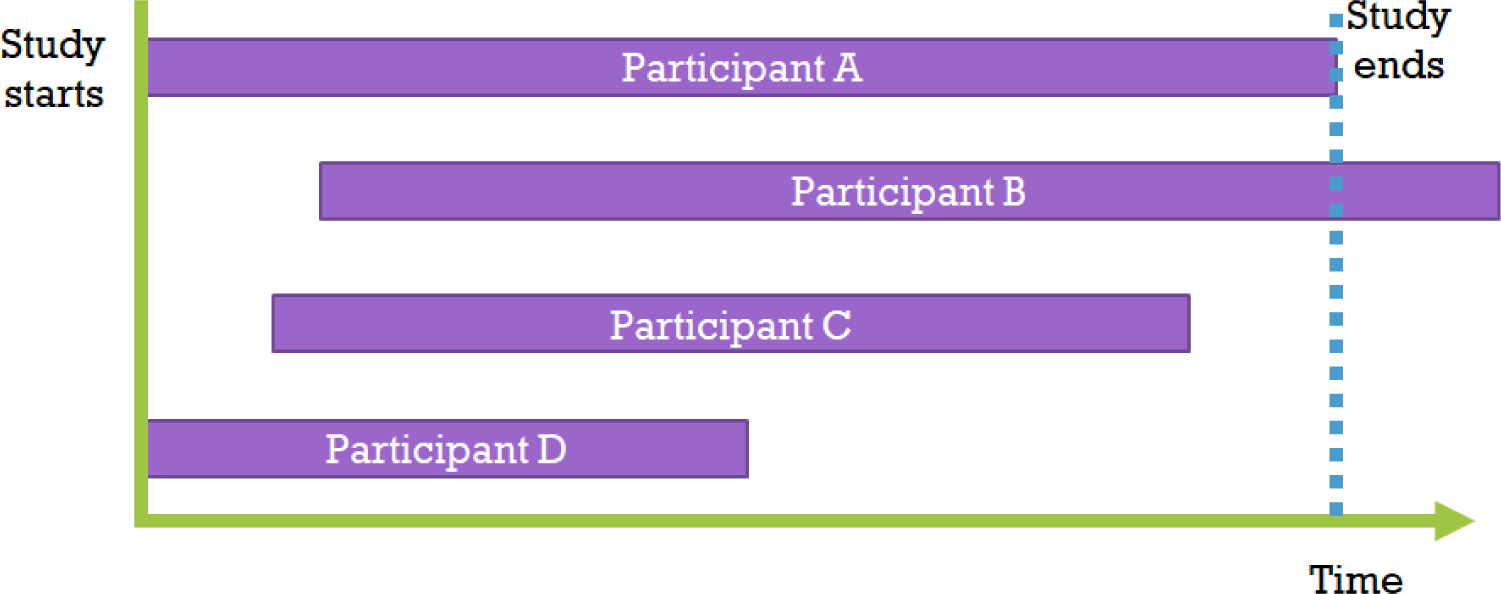
Kaplan-Meier and Cox proportional hazards regression in survival analysis: statistical standard and guideline of Life Cycle Committee
HTML
PDF
PubReader
Cited by 22
Life Cycle 2023;3:e8
https://doi.org/10.54724/lc.2023.e8
https://doi.org/10.54724/lc.2023.e8
ABSTRACT
In medical research, analyzing the time it takes for a phenomenon to occur is sometimes crucial. However, various factors can contribute to the length of survival or observation periods, and removing specific data can lead to bias results. In this paper, we discuss the Kaplan-Meier analysis and Cox proportional hazards regression model, which are t... 
Age, ethnic, and sex disparity in body mass index and waist circumference: a bi-national large-scale study in South Korea and the United States
HTML
PDF
PubReader
Cited by 19
Life Cycle 2023;3:e4
https://doi.org/10.54724/lc.2023.e4
https://doi.org/10.54724/lc.2023.e4
ABSTRACT
The study investigated age, ethnic, and sex disparities in body mass index (BMI) and waist circumference (WC) in South Korea and the United States. We conducted a bi-national large-scale study and analyzed data from the Korea National Health and Nutrition Examination Survey (KNHANES) and the National Health and Nutrition Examination Survey in the U... 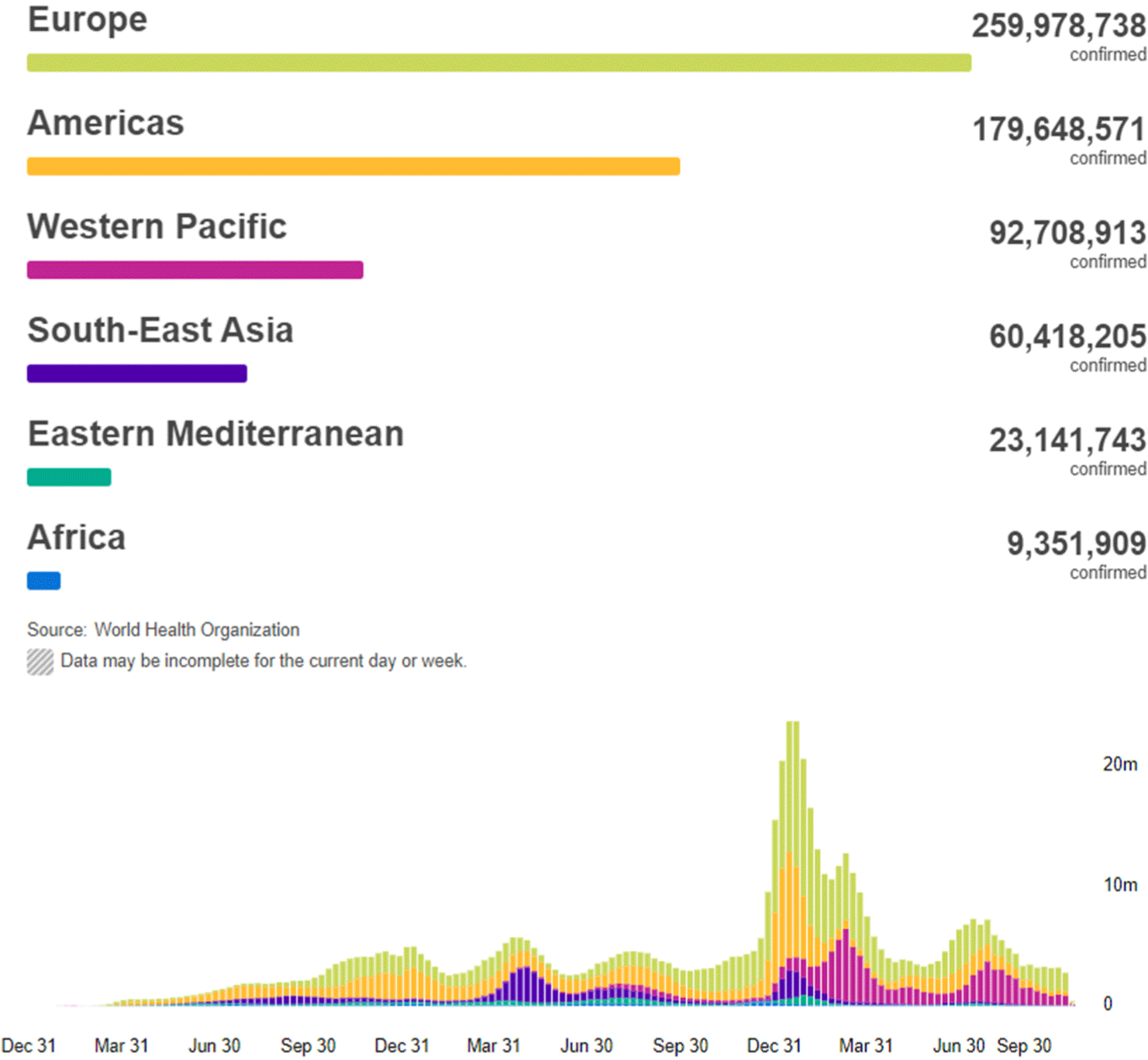
The emerging pandemic recent: SARS-CoV-2
HTML
PDF
PubReader
Cited by 16
Life Cycle 2023;3:e2
https://doi.org/10.54724/lc.2023.e2
https://doi.org/10.54724/lc.2023.e2
ABSTRACT
The coronavirus disease 2019 (COVID-19), caused by severe acute respiratory syndrome coronavirus 2 (SARS-CoV-2), induces coughing, vomiting, or fever. The occurrence, duration, and severity of these symptoms vary from person to person, which makes symptoms of the COVID-19 infection ranging from those of a mild cold to death in severe cases. The cau... 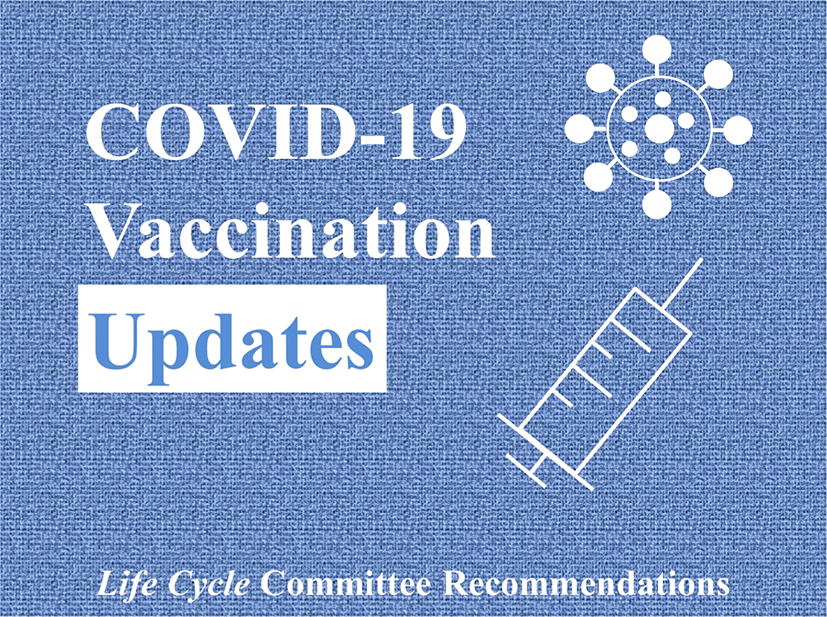
Vaccine strategy against COVID-19 with a focus on the Omicron and stealth Omicron variants: Life Cycle Committee Recommendations
HTML
PDF
PubReader
Cited by 14
Life Cycle 2022;2:e5
https://doi.org/10.54724/lc.2022.e5
https://doi.org/10.54724/lc.2022.e5
ABSTRACT
The Severe Acute Respiratory Syndrome Coronavirus type 2 (SARS-CoV-2), the cause of the pandemic of coronavirus disease 2019 (COVID-19), was first discovered in December 2019 in Wuhan, China, and was consequently transmitted across the world. Further, within a year of its initial discovery, vaccines against SARS-CoV-2 were developed using diverse t... 
The importance of a World Health Organization international pharmacovigilance database (VigiBase): novel methods for safety monitoring and surveillance of medical products
HTML
PDF
PubReader
Cited by 11
Life Cycle 2022;2:e13
https://doi.org/10.54724/lc.2022.e13
https://doi.org/10.54724/lc.2022.e13
ABSTRACT
Pharmacovigilance and medical product safety issues are important for all global citizens. Previous studies have analyzed the disaster caused by thalidomide in 1961. In 1963, the 16th World Health Assembly was determined to create the World Health Organization (WHO) Pilot Research Project for International Drug Monitoring in order to develop and un... 
Global, regional, and national COVID-19 vaccination rate in 237 countries and territories, March 2022: a systematic analysis for World Health Organization COVID-19 Dashboard, Release 2
HTML
PDF
PubReader
Cited by 9
Life Cycle 2022;2:e15
https://doi.org/10.54724/lc.2022.e15
https://doi.org/10.54724/lc.2022.e15
ABSTRACT
Objective: We aimed to better understand the impact of the COVID-19 pandemic through analysis of disruptions in a global, regional, and national status of COVID-19 vaccination coverage compared by a global scale, World Health Organization regions, World Bank income groups, and each country. Methods: Global datasets of 237 countries and territories ... 
COVID-19 vaccines and coronavirus 19 variants including alpha, delta, and omicron: present status and future directions
HTML
PDF
PubReader
Cited by 8
Life Cycle 2022;2:e4
https://doi.org/10.54724/lc.2022.e4
https://doi.org/10.54724/lc.2022.e4
ABSTRACT
Coronavirus disease 2019 (COVID-19) is caused by a coronavirus, also called severe acute respiratory syndrome coronavirus 2 (SARS-CoV-2). It has caused urgent global health problems worldwide. The rapid spread of this pathogen, the development of its variants, and the escalating number of patients and their deaths prompted scientists to take up the... 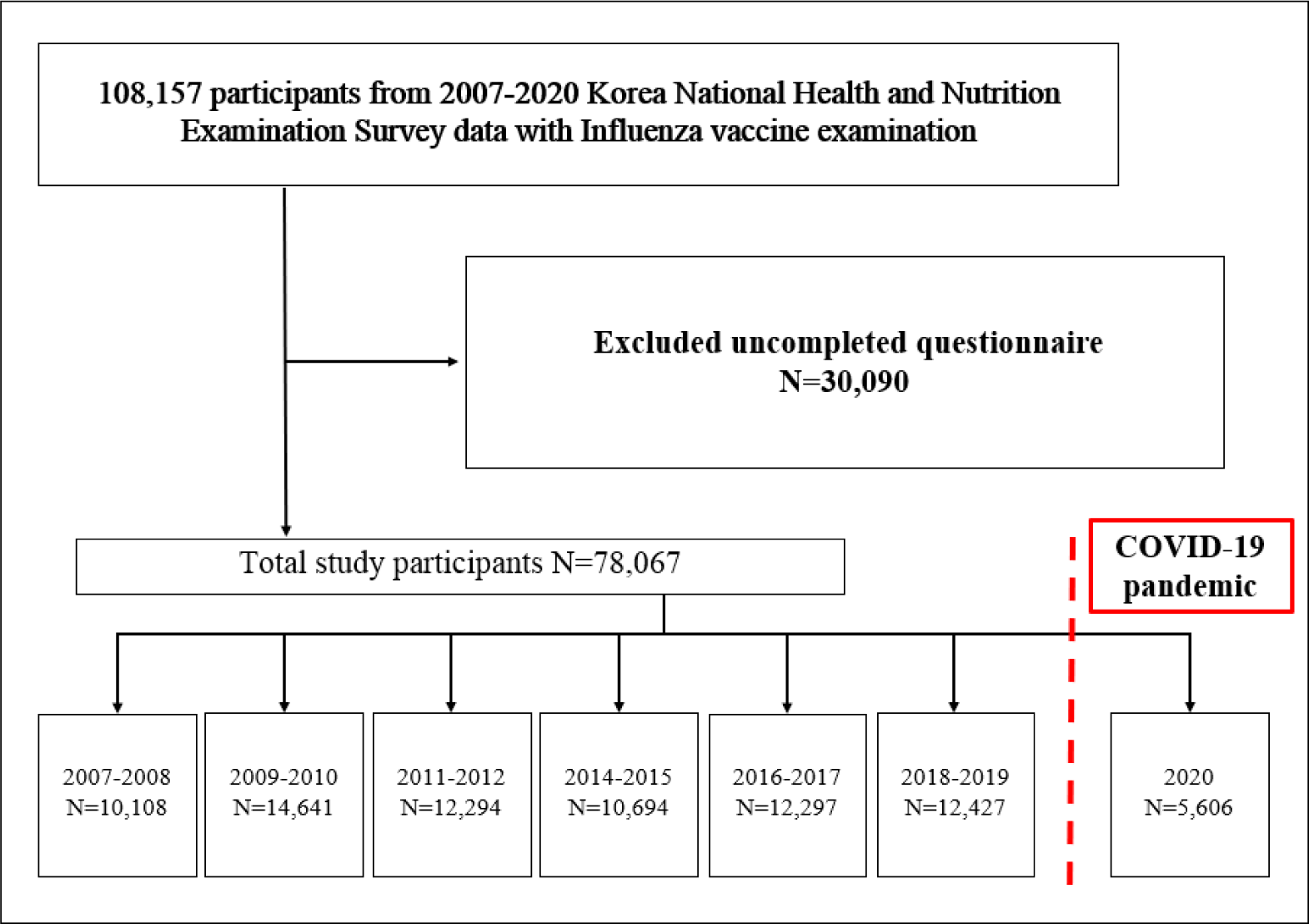
National trends in influenza vaccination coverage rates in South Korea between 2007-2020, including the COVID-19 pandemic: a longitudinal nationwide serial study
HTML
PDF
PubReader
Cited by 8
Life Cycle 2023;3:e9
https://doi.org/10.54724/lc.2023.e9
https://doi.org/10.54724/lc.2023.e9
ABSTRACT
Objective: The beneficial relationship of influenza vaccination rate on the COVID-19 pandemic is inconclusive and inconsistent. Thus, we aimed to investigate long-term trend changes in influenza vaccination rate among general population of South Korea before COVID-19 pandemic and during early/mid-pandemic period. Methods: We analyzed nationwide rep... 
Global, regional, and national disruptions to COVID-19 vaccine coverage in 237 countries and territories, March 2022: a systematic analysis for World Health Organization COVID-19 Dashboard, Release 1
HTML
PDF
PubReader
Cited by 5
Life Cycle 2022;2:e14
https://doi.org/10.54724/lc.2022.e14
https://doi.org/10.54724/lc.2022.e14
ABSTRACT
Objective: Measuring coronavirus disease 2019 (COVID-19) vaccination is crucial in improving global public health system during the pandemic. However, there is limited supporting data needed in order to identify the global, regional, and national status of the COVID-19 vaccination coverage. Given to such limitations, this study aimed at investigati... 
Global, regional, and national incidence and mortality of human monkeypox infection in 107 countries and territories, October 2022: a systematic analysis for World Health Organization database and rapid review
HTML
PDF
PubReader
Cited by 5
Life Cycle 2022;2:e16
https://doi.org/10.54724/lc.2022.e16
https://doi.org/10.54724/lc.2022.e16
ABSTRACT
The monkeypox is an unusual viral disease which, until recently, has rarely been detected outside of Africa. Approximately over 70,000 laboratory-verified or suspected cases of human monkeypox have been discovered in at least 107 countries in a matter of months. A total of 71,237 laboratory confirmed cases, 1,097 probable cases, and 26 related deat... 
Obesity: lessons learned and the way forward
Life Cycle 2023;3:e6
https://doi.org/10.54724/lc.2023.e6
HTML
PDF
PubReader
Cited by 5
https://doi.org/10.54724/lc.2023.e6
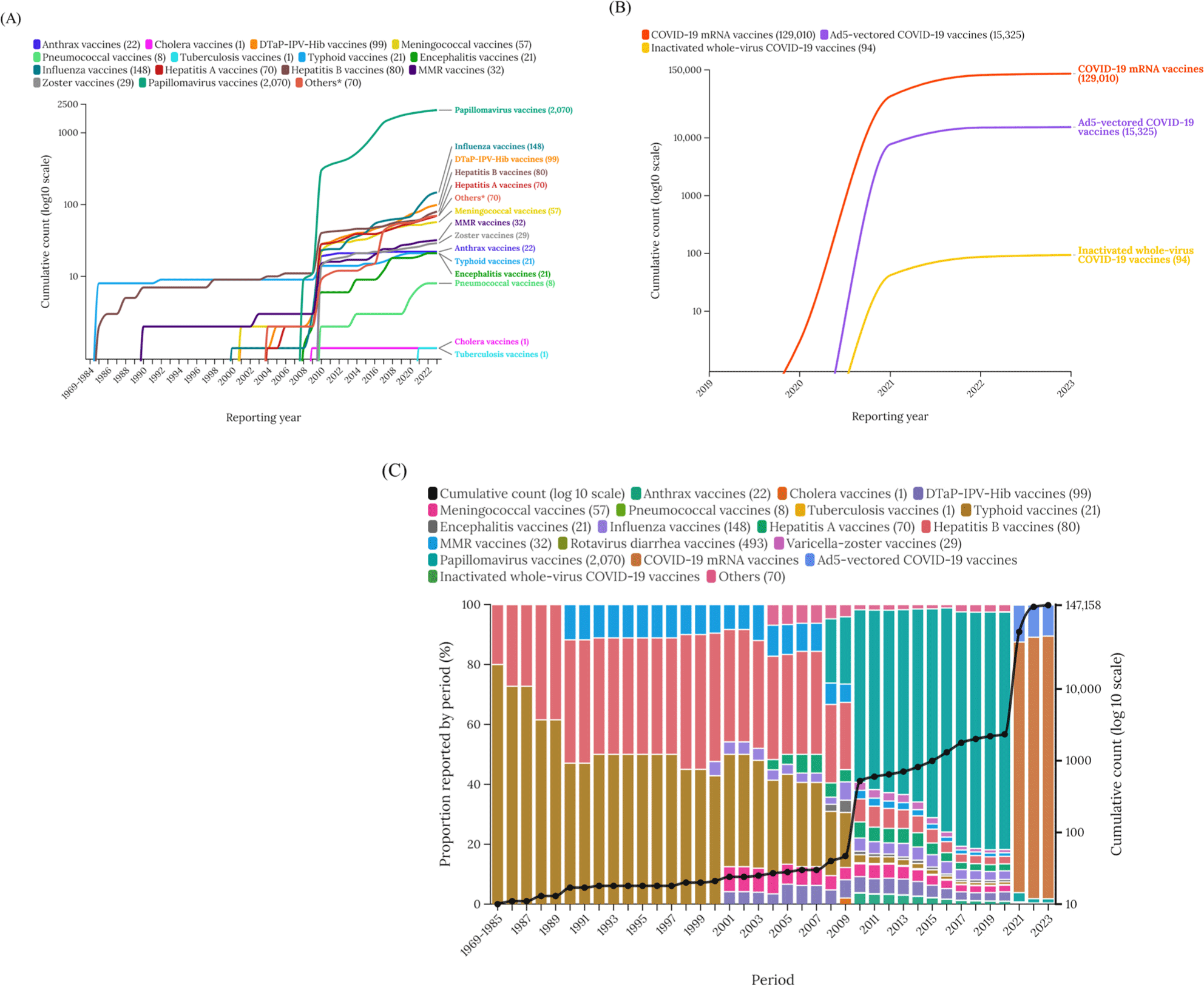
Regional burden of vaccine-associated menstrual disorders and sexual dysfunction: a retrospective study
HTML
PDF
PubReader
Cited by 5
Life Cycle 2024;4:e12
https://doi.org/10.54724/lc.2024.e12
https://doi.org/10.54724/lc.2024.e12
ABSTRACT
Objective: While previous studies have shown that vaccine-induced adverse events differ between sexes, there is still a gap in research analyzing sex-specific reproductive system disorders caused by vaccines. Thus, this study aims to address this gap by identifying the vaccines that most commonly influence the reproductive system in each sex, with ... 







